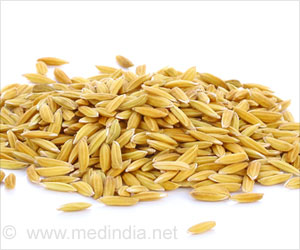Although brown rice and wild rice are nutritionally superior to white rice, be careful with store-bought rice medleys, which can be high in sodium.

‘Although brown rice and wild rice are nutritionally superior to white rice, be careful with store-bought rice medleys, which can be high in sodium.’





Brown rice is the same thing as white rice but is a "whole grain," because only its inedible outer husk is removed. Since brown rice retains its bran and germ, it’s a better source of antioxidants, vitamin E and fiber. In fact, a cup of cooked medium-grain brown rice has 3.5 grams of fiber; the same amount of white rice has less than 1 gram. And here’s an interesting fact: Research has suggested that a part of the grain known as the subaleurone layer, which is present in brown rice but not in white rice, may provide protection against high blood pressure and atherosclerosis. One large study involving several thousand men and women also revealed that substituting brown rice for white rice may the lower the risk of type 2 diabetes.
One thing to keep in mind: Most of us think of "brown rice" as being synonymous with whole grain rice, but technically whole grain rice can be many different colors, depending on the variety of rice, according to the Whole Grains Council. What about wild rice? Interestingly, wild rice is the seed of a water grass. It has slightly more protein than brown rice, and studies have revealed that it has specific antioxidant and cholesterol-lowering properties.
Although brown rice and wild rice are nutritionally superior to white rice, be careful with store-bought rice medleys, which can be high in sodium. For example, a cup of Near East Whole Grain Blends brown rice pilaf has 600 milligrams of sodium (salt is the third ingredient). Compare that to a cup of cooked brown rice, which has only 8 milligrams of sodium. Also, if you are watching calories or concerned with blood sugar, limit your portions to a half-cup, since rice is calorie- and carbohydrate-dense. One cup typically contains over 200 calories and up to 50 grams of carbs.
Source-ANI









